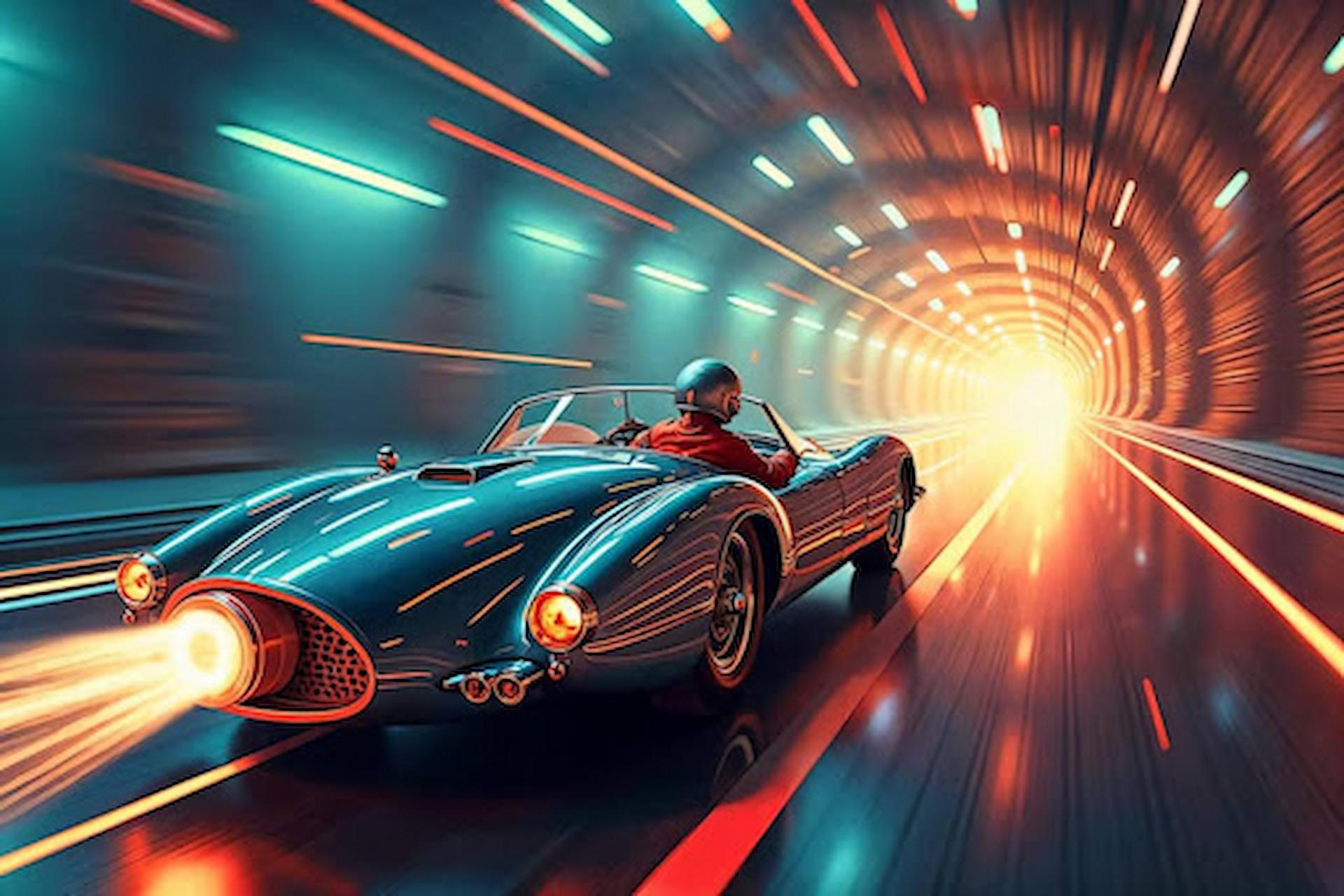
Step into the world of competitive virtual racing where skill, speed, and strategy meet. The global SimRacer community is growing fast, drawing players of all ages and backgrounds. From home setups to international tournaments, this digital motorsport is changing the way we race. Discover what fuels its rise, how technology plays a role, and why sim racing is no longer just a game, but a sport gaining global respect and recognition.
Sim racing, short for simulation racing, is no longer a niche hobby. What once began as a fun, digital version of real-life motorsport has grown into a serious competitive space. Today, people from across the globe are part of this vibrant virtual racing world. They compete, train, and even earn money—all from the comfort of their homes.
The rise of the SimRacer community is a story of technology, passion, and persistence. It has created a new type of athlete: the digital driver. With growing participation and global recognition, sim racing is shaping the future of motorsports.
The Origins of Sim Racing
Sim racing started in the late 1980s and early 1990s with simple racing games. These games tried to copy real driving. Over time, they improved with enhanced graphics, realistic car physics, and accurate racing rules.
Games like Gran Turismo, rFactor, and iRacing helped push the limits. They gave players a chance to experience realistic racing challenges without needing an actual race car. This shift brought more serious players into the scene, making it more than just a form of entertainment.
The SimRacer Setup
Many sim racers today invest in high-end setups. A basic rig may include a steering wheel, pedals, and a racing seat. Some even build full cockpits with motion systems and three-screen displays.
While entry-level setups are available, the serious SimRacer often upgrades. High-quality gear improves the racing feel. It also helps them react more quickly and drive more effectively. Just like real athletes, they need the right tools to stay ahead.
The Role of Online Platforms
Online platforms like iRacing, Assetto Corsa, and RaceRoom have revolutionised the gaming experience. These platforms host live events, races, and championships. Players can race with others around the world in real-time.
These platforms use real-world data to copy car handling and track conditions. Weather, tyre wear, and track temperature all affect how cars perform. It adds to the realism and brings new levels of excitement and challenge.
Sim Racing as a Competitive Sport
What sets sim racing apart is how closely it mimics real motorsports. Some professional drivers utilise simulators to enhance their training. Others even take part in sim racing events.
Tournaments like the F1 Esports Series, Le Mans Virtual, and Porsche Esports Supercup now offer real prizes. Some winners go on to race real cars. The line between virtual and real-life racing is becoming increasingly blurred every year.
Global Reach and Inclusivity
One significant reason for the rise of sim racing is its global reach. You don’t need a lot of money to get started. All you need is a computer or console and internet access. This makes it more accessible than real motorsport, which can be costly.
People of all ages and from all countries join the community. It breaks down borders. It connects fans, amateurs, and professionals on one global platform. Language, culture, and location no longer limit who can join the race.
Community and Culture
The SimRacer community is a tight-knit and passionate one. Players often gather on forums, YouTube, and social media to share tips, videos, and experiences. There’s a strong sense of respect and fair play.
Online racing leagues help keep things organised. These leagues bring structure, rules, and regular events. They also help racers grow and improve. Whether someone is a beginner or a pro, there’s always a place for them in the community.
Technology Pushing the Limits
Sim racing improves as technology advances. Today’s simulators can use Virtual Reality (VR) and Artificial Intelligence (AI) to make races more real. The use of haptic feedback lets drivers feel bumps, gear shifts, and tyre grip.
Many platforms work with authentic car brands to scan tracks and cars in high detail. This attention to realism is one reason why sim racing is respected in professional circles. It’s not just a game—it’s a sport backed by serious tech.
The Educational Side of Sim Racing
Besides being fun, sim racing also teaches valuable skills. It helps improve reaction time, hand-eye coordination, and decision-making. Some driving schools even use simulators as training tools.
Kids and teens use it to learn the basics of racing before trying real cars. Adults use it for practice and stress relief. It offers a safe way to explore racing without danger or high cost.
Challenges Faced by the Community
Despite its growth, sim racing continues to face challenges. Not everyone has access to fast internet or good hardware. Some regions lack proper servers, which affects the quality of online racing.
Cheating is another issue. Like other online games, some try to win unfairly. However, most platforms employ strict rules and checks to maintain fairness. Communities also self-police, reporting and removing cheaters.
The Future of Sim Racing
Sim racing is expected to continue growing. As internet speeds increase and gaming technology advances, the experience will only continue to improve.
Sponsors, brands, and media companies are showing interest. They see value in reaching new audiences through esports. Schools and training centres are also adopting sim racing as part of driver education.
Conclusion
Sim racing is more than a trend. It’s a movement that brings together people, passion, and technology. The SimRacer community has created a global stage where anyone can race and be part of something exciting.
As the line between virtual and real motorsports blurs, sim racing is gaining respect as a legitimate sport. It’s a space where skill, dedication, and community spirit drive the experience forward.







